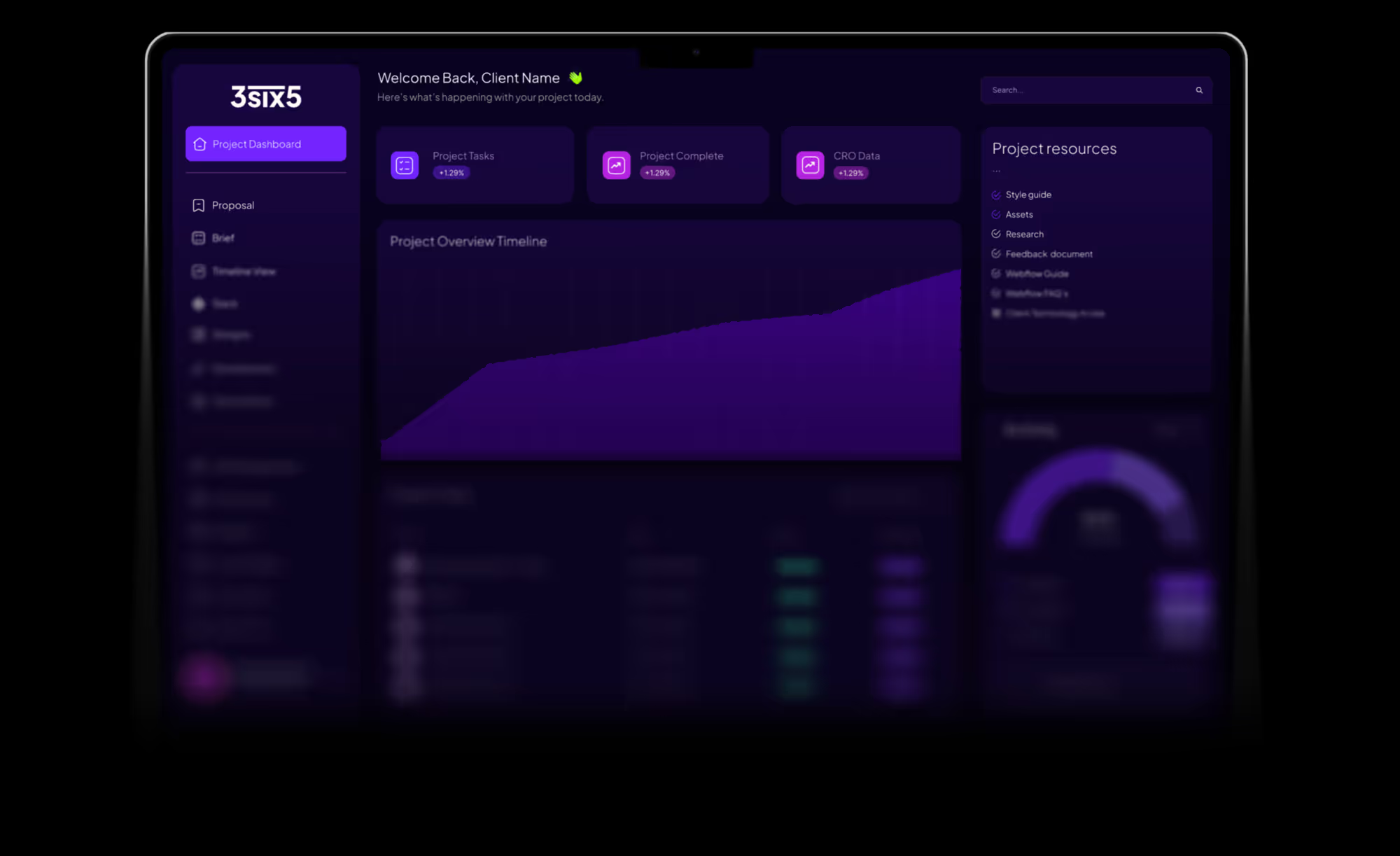Recent Blog Posts
See below for some featured blog posts, focusing on Webflow!
Explore 5 common pitfalls to avoid when migrating your website from WordPress to Webflow. Learn how to preserve SEO, ensure mobile responsiveness, and maintain user experience for a seamless transition
The digital landscape is constantly evolving, and with that comes the need to keep our web development tools up-to-date. One of the shifts we're seeing is a migration from traditional platforms like WordPress to more modern, streamlined solutions like Webflow. While Webflow offers an array of advanced design capabilities and a highly intuitive interface, the migration process can have its challenges. Here are five common pitfalls you should avoid when moving your site from WordPress to Webflow.
Before you initiate the migration, knowing what you’re working with is crucial. A complete site audit can help you understand which elements will be straightforward to move and which might require special attention. Forgetting to perform this step can result in a migration fraught with missing links, lost images, or data loss.
> Solution: Inventory all your content, plugins, images, and other assets. Please note any custom code or specialised functionalities so you can address them appropriately in Webflow.
One of the biggest concerns when moving platforms is the potential for plummeting SEO rankings. WordPress and Webflow have different ways of handling SEO, and with proper planning, you could retain the SEO traction you've gained over the years.
> Solution: Map out your URLs carefully and set up 301 redirects. Also, replicate your meta descriptions, titles, and other SEO elements in Webflow to ensure a seamless transition.
Webflow is lauded for its advanced design capabilities, but it's easy to get carried away. WordPress themes often have built-in mobile responsiveness, but when switching to Webflow, you must manually set these design parameters.
> Solution: Utilise Webflow’s built-in responsiveness tools. Test the design on various devices to ensure the user experience remains consistent.
Be cautious if you’re using the migration as an opportunity to redesign your site. A new look and feel can be exciting, but drastic changes can confuse your audience.
> Solution: Consider your user journey and site structure when designing your new Webflow site. Use analytics to understand what works on your site and try to replicate or improve upon those elements.
Webflow offers a rich feature set, but that comes with a steeper learning curve compared to WordPress' plug-and-play environment. Failing to account for this can result in project delays.
> Solution: Invest time in tutorials and forums or hire an expert to navigate Webflow’s more advanced features.
Migrating from WordPress to Webflow is not just about moving content; it's about ensuring that the integrity of your website remains intact throughout the process. By avoiding these common pitfalls, you can make your transition to Webflow as smooth as possible, allowing you to take full advantage of all the innovative features that Webflow has to offer.
Want to see how 3SIX5 Digital can help migrate your website over to Webflow? Contact our support team here to book a free consultation.


See below for some featured blog posts, focusing on Webflow!
Want to know more about comparisons or benefits for using Webflow - we cover it all!

→ Visual breakdown of the canvas, elements, and navigator.

→ A guide to using the Webflow Editor and Build Mode no development skills needed.

→ A quick-start guide to common tips and best practices to manage your Webflow website.

→ Automate workflows without code using Make and others

→ A guide to what is possible with the API and using Webflow Cloud effectvely

→We can integrate your website with many tools to enhance customer engagement.
